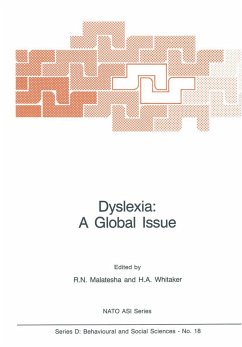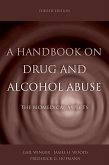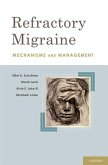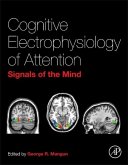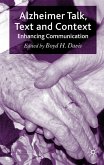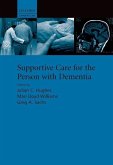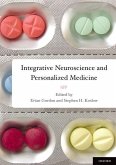Reading is cne of the highest farns of aa;ru:i. red oogni ti ve func tioos. It cares as no sw:prise, therefore, that the study of reeding has attracted nmerous investigators who, in spite of their diverse background, have been notivated by cne ultimate goal --to understand how we read and how we learn to reed. A s\bstantial prQIX)rticn of these investigators have attenpted to gain knowled~ about the neuro p:;ychological processes that 1mderlie the reading process by studying individuals who fail to acquire reading skill (developtental dyslexia) and individuals wOO aa;IUire a reading deficit as a result of brain pathology (alexia~ aa;IUired dyslexia). OVer the years, these two sources, using different tedmiqll3S and nethods, have yielded a good deal of infonration. Unfortunately, the enpirical findings that have been c:btained under these two circunstances have, to a lar~ extent, failed to influence the other. Bringing these two approaches (developtental dyslexia and aCXIUired alexia) t~ther, therefore, remains a top priority. With a view towards bringing these two disciplines together, the Scientific Affairs Divisioo of the North Atlantic Treaty Organi zation (NAro) cwarded us a grant to ccnduct an Advanced Stuly Institute (ASI) in Maratea, Italy, from Octc:ber 10-22, 1982. '!his volure is the result of that Institute. The book is divided into four parts: developtental reading and spelling disorders, acquired alexia, diagnosis and reI'lEdiation, and research :inplications.
Bitte wählen Sie Ihr Anliegen aus.
Rechnungen
Retourenschein anfordern
Bestellstatus
Storno

